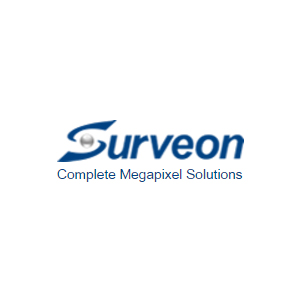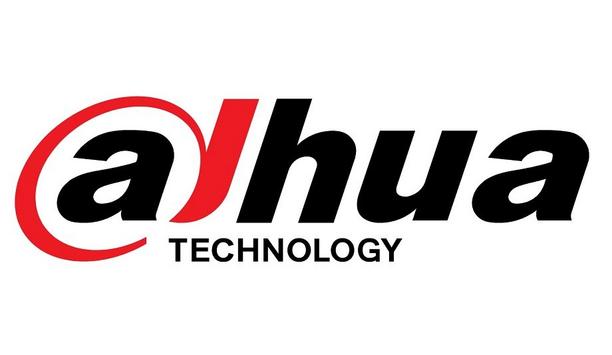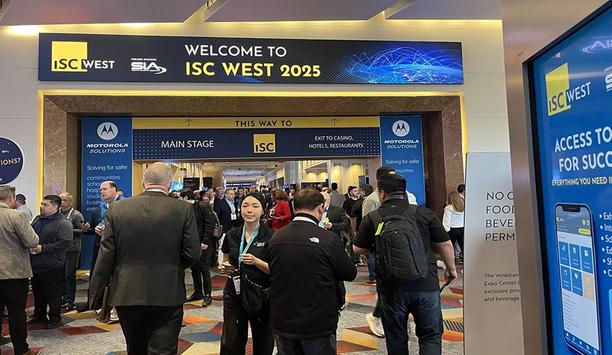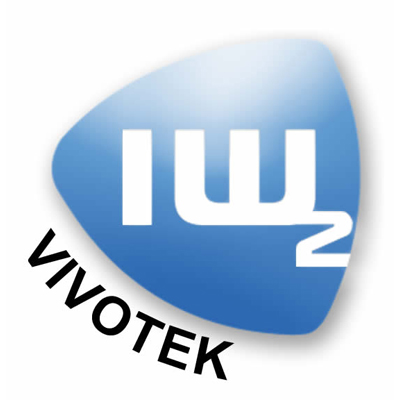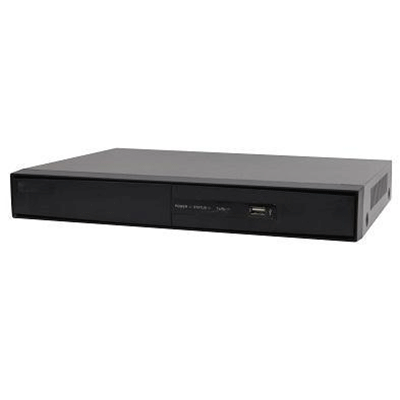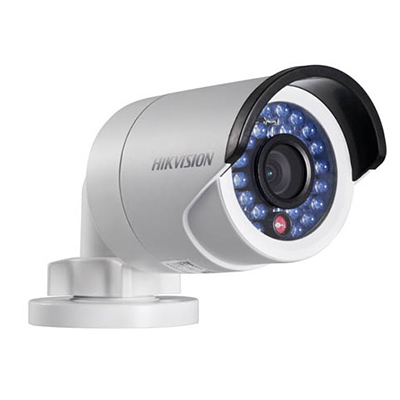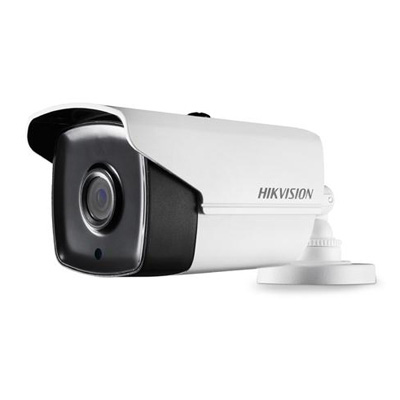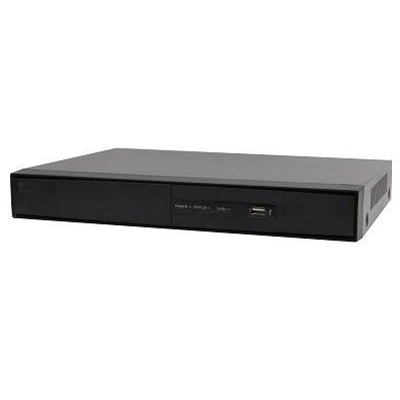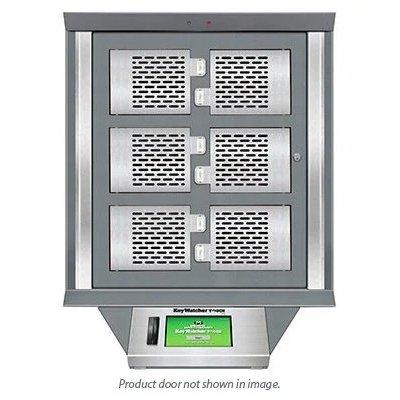Surveon, the complete megapixel solutions provider, has announced the latest Linux-based megapixel RAID recorders, the NVR3000 series, for entry to middle-level professional surveillance markets. Operated on the embedded platform, the new NVR3000 series has combined the advantages of the standalone and PC-based solutions, providing users a simple, affordable yet professional solution for the increasing demands of megapixel surveillance in SMB, retails, hospitality, and intelligent building.
Based on the performance and the capacities, the NVR3000 series offers 2 models: the basic NVR3004 (4 bays) and the advanced NVR3008 (8 bays). The Linux-based systems feature all-in-one professional design, RAID 0, 1, 5, 6 to prevent video loss, and up to 64 channels of megapixel recording. “The megapixel application has been extended to the commercial market. Due to the limits on the performance and the functions, the standalone NVR solutions cannot be widely adapted in the entry-level applications,” said Casper Wu, Product Manager of Surveon. “On the other hand, the complexities of integration, installations, and high costs have restricted the PC-based solutions to middle to high scale projects.” Designed as the enterprise standalone RAID NVR, Surveon’s new NVR3000 offers partners simple, reliable, and cost-effective solutions to enter the mainstream market.
The NVR3000 series comes with Surveon’s intuitive VMS, featuring enterprise-level functionalities such as real-time video analytics, smart investigation, remote monitoring and easy management. Moreover, the NVR3000 series is compatible with the advanced Surveon Control Centre, supporting TV matrix display and high scalability with unlimited cameras, NVRs and clients. With the NVR3000, SIs can easily handle either a single standalone deployment or a large retail chain application with central control and remote management.
Surveon NVR product overview:
| Segment | Economic (SMB) | Professional (Standard) | Enterprise (Mission-Critical) |
| Type | Desktop Standalone Embedded RAID NVR | Professional Hot-Swappable RAID NVR | Enterprise NVR Server Head with Subsystem Storage |
| Model | NVR3000 Series | SMR Series | NVR2100 + iSCSI Storage |
| Channel | 4-32 Channels; 4,8 HDD | 4-64 Channels; 4, 8, 12, 16 HDD | 16-64 Channels; Up to 120 HDD |
| Market Level | Entry to Middle | Middle | High-End |
| Application | Retail, SMB, Small School, Factory, Hotel, Restaurant | Public Utility, Government, Hotel, Factory, School | Bank, Casino, Transportation, Airport, City Surveillance |
Surveon provides the full line of NVR solutions for different market demands, with the Linux-based NVR3000 for entry-level applications, the hot-swappable hardware RAID SMR series for medium to large projects, and the NVR2100 series with subsystem storage, SAS, or IPSAN for the high-end markets. In addition, Surveon offers a comprehensive product line of megapixel cameras in different segments (Premium, Advanced, Professional, and Economical Series). All Surveon products are designed and manufactured in-house with industrial-grade components, ensuring high quality and stability.
